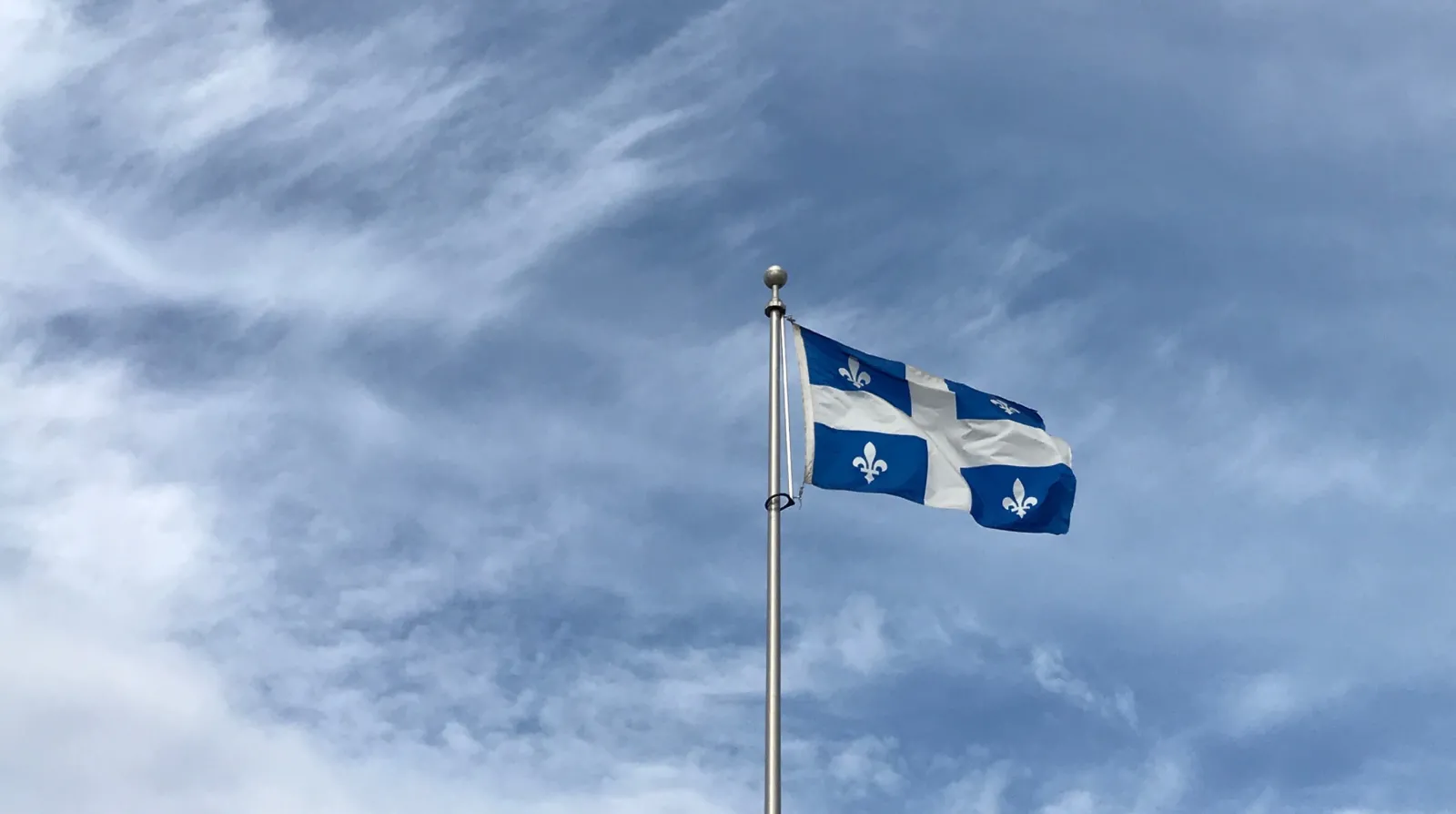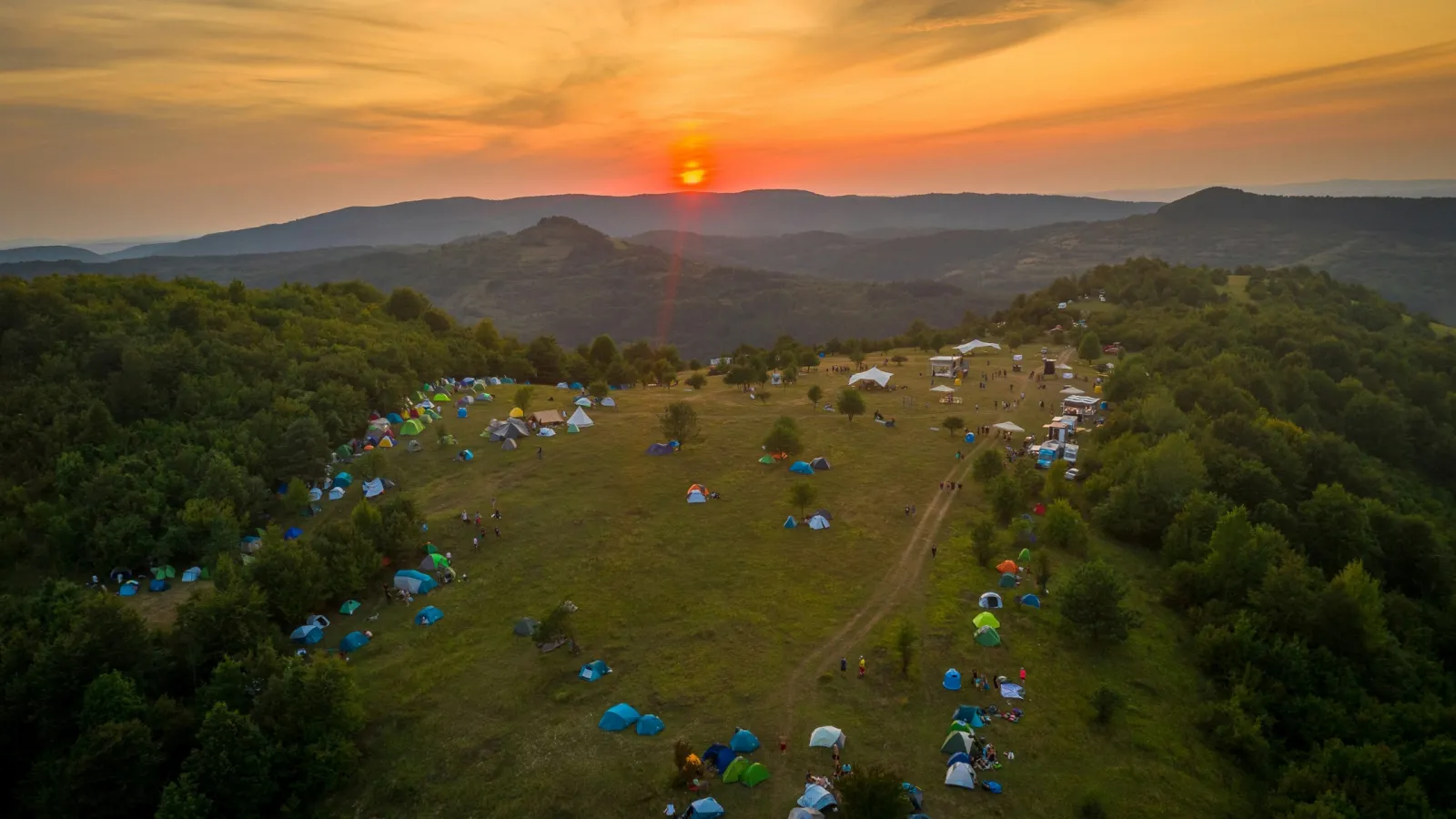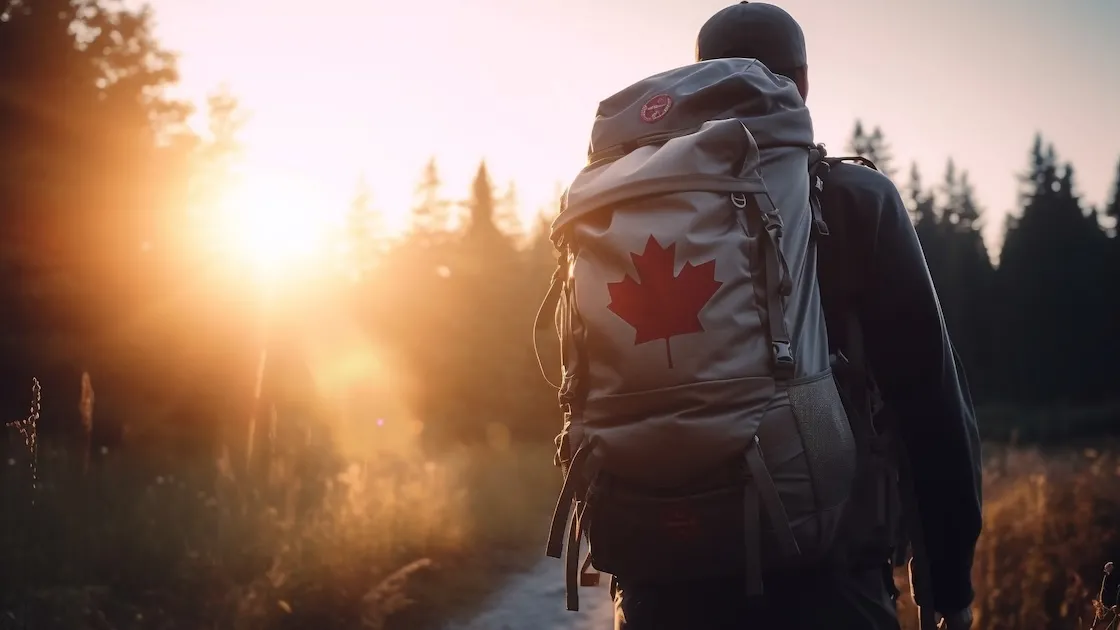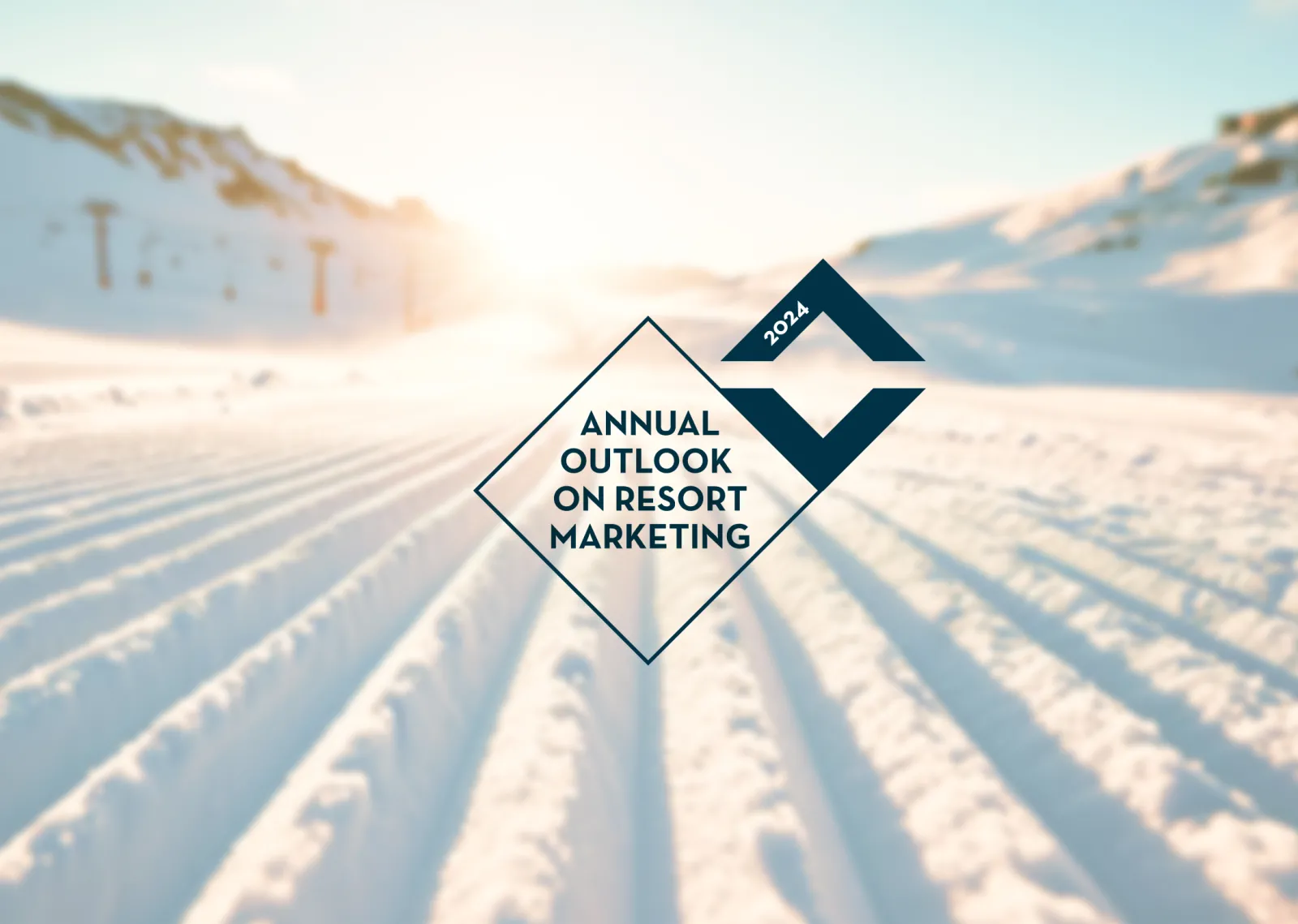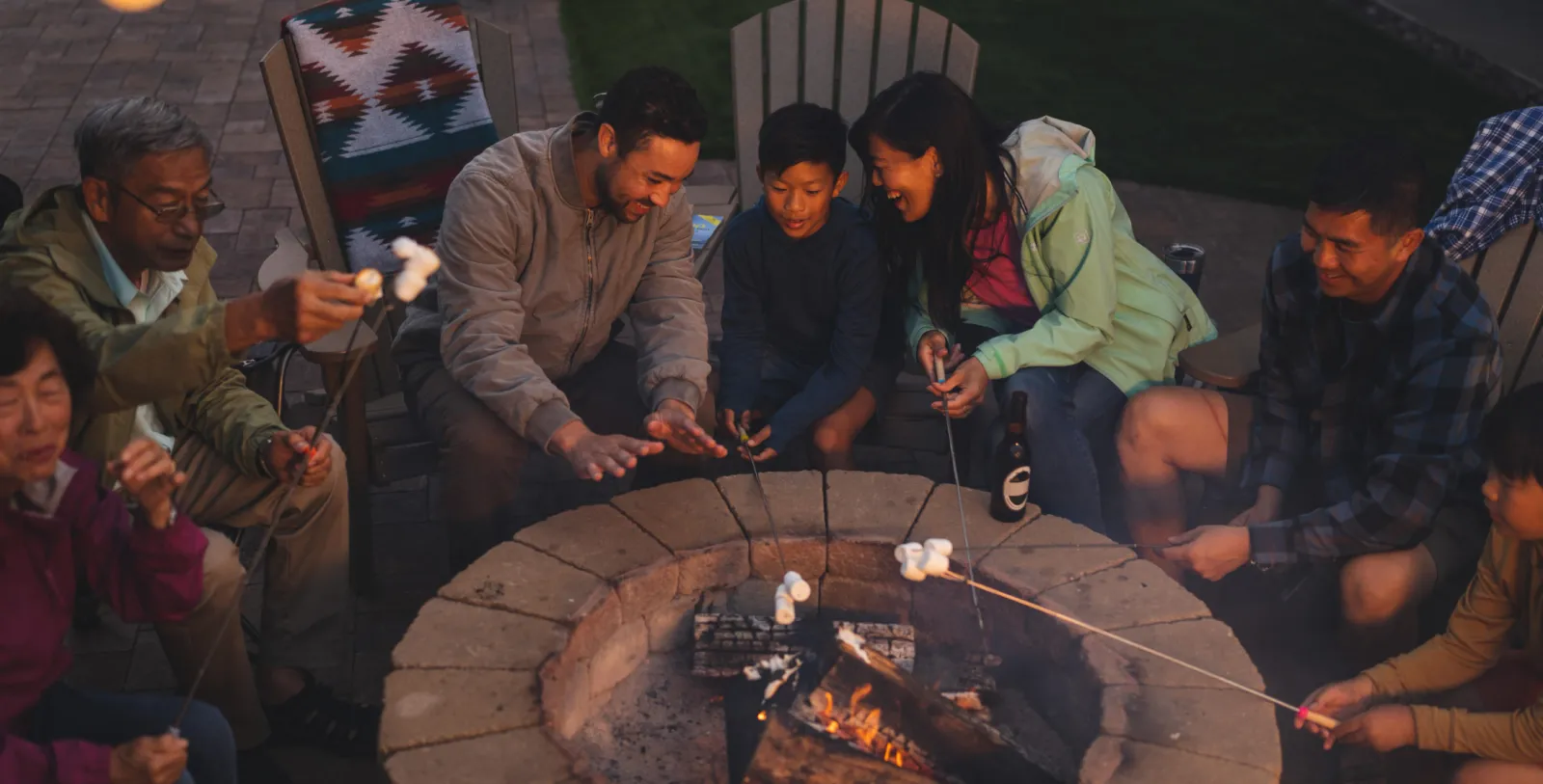How to not turn off the Quebec consumer
We frequently hear from outdoor brands who aren’t based in Quebec (ie. most of you) that they struggle to connect with, engage or grow their Quebec audience. This comes as no surprise to me. Living in Montreal, I’m constantly amazed at the poor job brands do to create content or advertising messages that go beyond the standard “English to French” translation. Beyond the language barrier, there are several nuances to the Quebec outdoor consumer that often stump brand marketers, sometimes blatantly. We’re hoping this will help identify a few of these nuances and guide your next campaign in this unique market.
First, some quick facts for my American readers. Quebec is Canada’s second largest province with a population of 8.1 million. Over half of the province’s population (60%) lives within 10 kilometres of the shores of the St. Lawrence River, one of the longest in the world, mostly concentrated in the greater Montreal area. Québécois people predominantly speak, read and write in French, which means that they also prefer to consume products and services that are marketed in their native language. Interestingly enough, though, this does not apply to the consumption of online content: studies found that Québécois consume as much English content as they do French content.
Outside, Québec is a veritable natural playground. Over 22% of its total area (1 667 712 km2) is covered by water, with half a million lakes, 4 500 rivers and, of course, the St. Lawrence River. Québec’s territory and climate follow the rhythm of the seasons, which transform landscapes and provide a multitude of possibilities for engaging in a host of year-round outdoor activities. The province offers nearly endless opportunities to be active outdoors.
Key Québécois characteristics
What are some tips to connect, engage and grow your audience here?
Know that there’s a resistance to some brands that are “not from here”
As mentioned above, there’s a desire among Quebecers to protect the language and culture we feel we’ve worked hard to maintain. With that comes a sense of pride in supporting local and Quebec-based brands. So, start off by acknowledging that investment here might be different and the length of time to acquire new customers might be longer. The strategy should be to make your brand appealing to this market, versus assuming it will be the same as every other.
Don’t use Google Translate. Ever.
We can sniff that out faster than you can imagine. It’s not only insulting to read a bad translation, it’s a sure-fire way to turn us off from your brand. Invest in a translation service, ensure your content is read by native speakers before you put it out there. Take the feedback you receive graciously and adapt.
Don’t use influencers or ambassadors or models that don’t represent this place (or your brand)
We have seen successful campaigns for our clients over the years that have centered around the notion of representing the province. Details like recognizing that people dress differently here, with a love of bright colours, fashion and individuality. Carefully choosing models, influencers or ambassadors as a way to connect with Québecois is a great idea, but make sure they’re representative of the people here, not the bland models you might use for your global, appeal-to-everyone campaign.
Consider the environment
It’s dead cold here in the Winter. What are considered insulated winter boots in Oregon are not going to work here. Most winter sports are practiced with hand and foot warmers. Consider the environment in your product descriptions as well as your marketing visuals. Showcasing the Alps is cool but not when you’re trying to sell us a winter jacket for those many -40C days.
Consider your channels differently
We have our own star network and our own mainstream media. Quebec has its own francophone media landscape that sets its own trends. Because Francophones don’t have to measure or compare themselves to American English media, this can look and feel very different.


